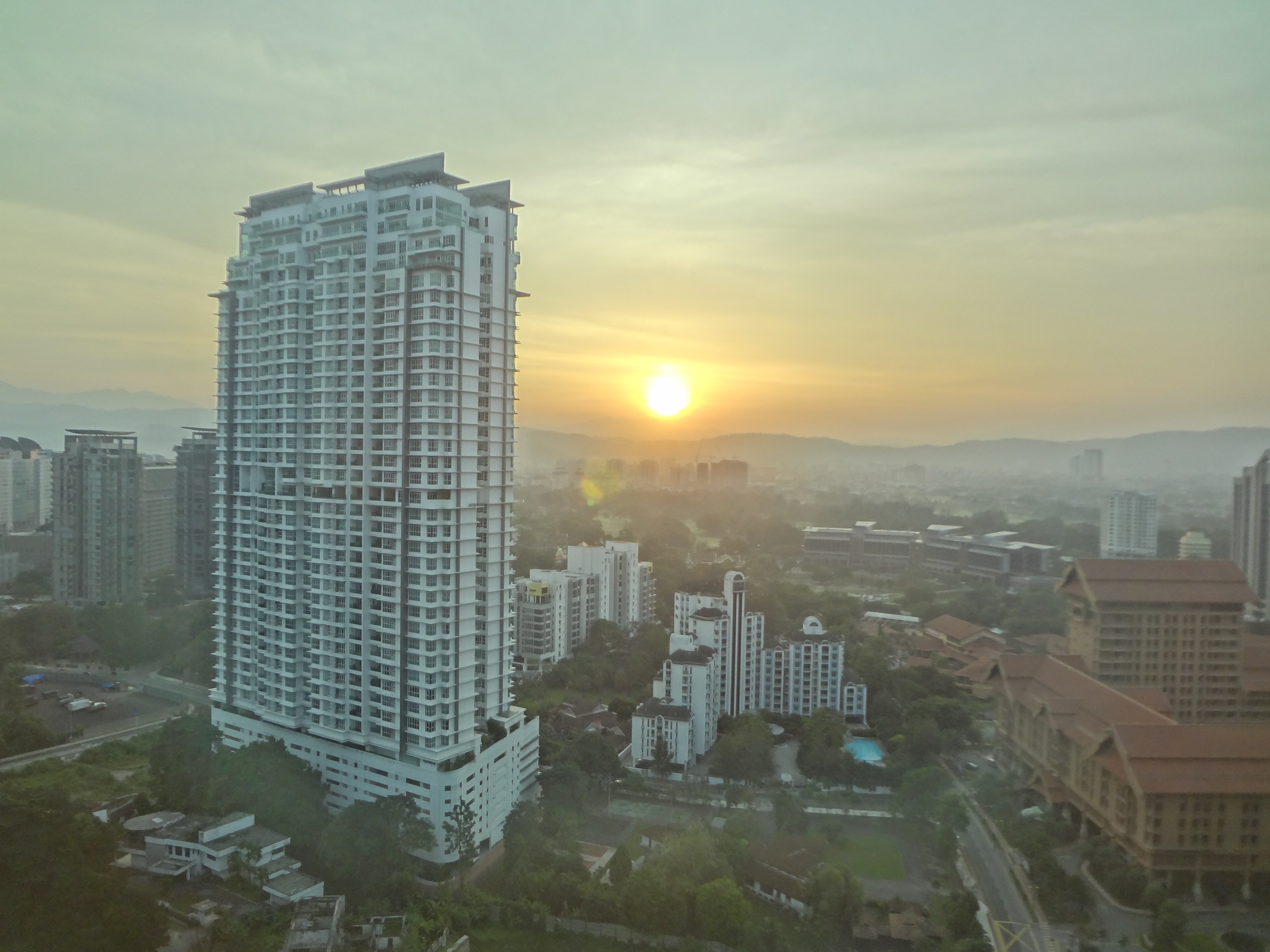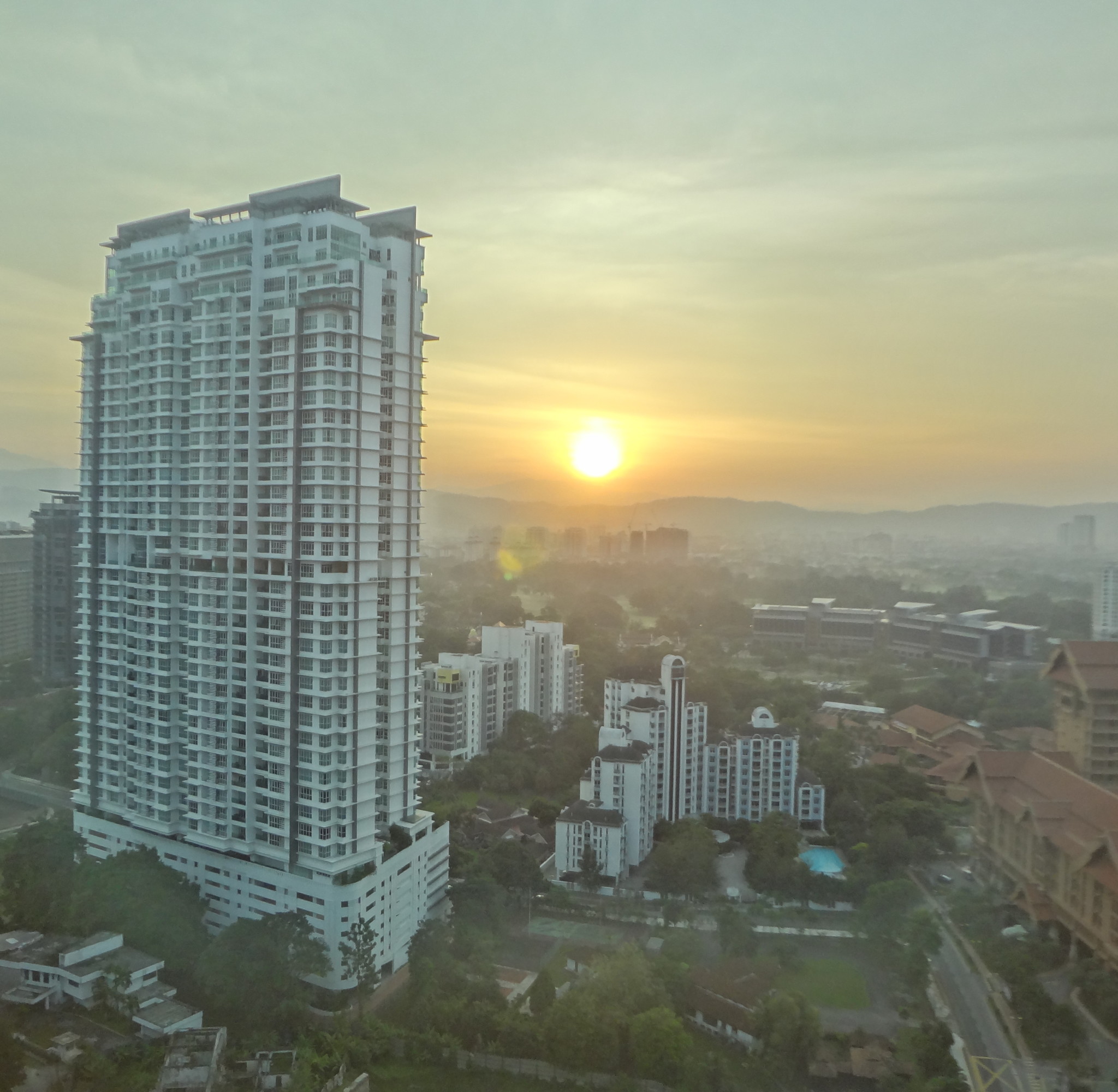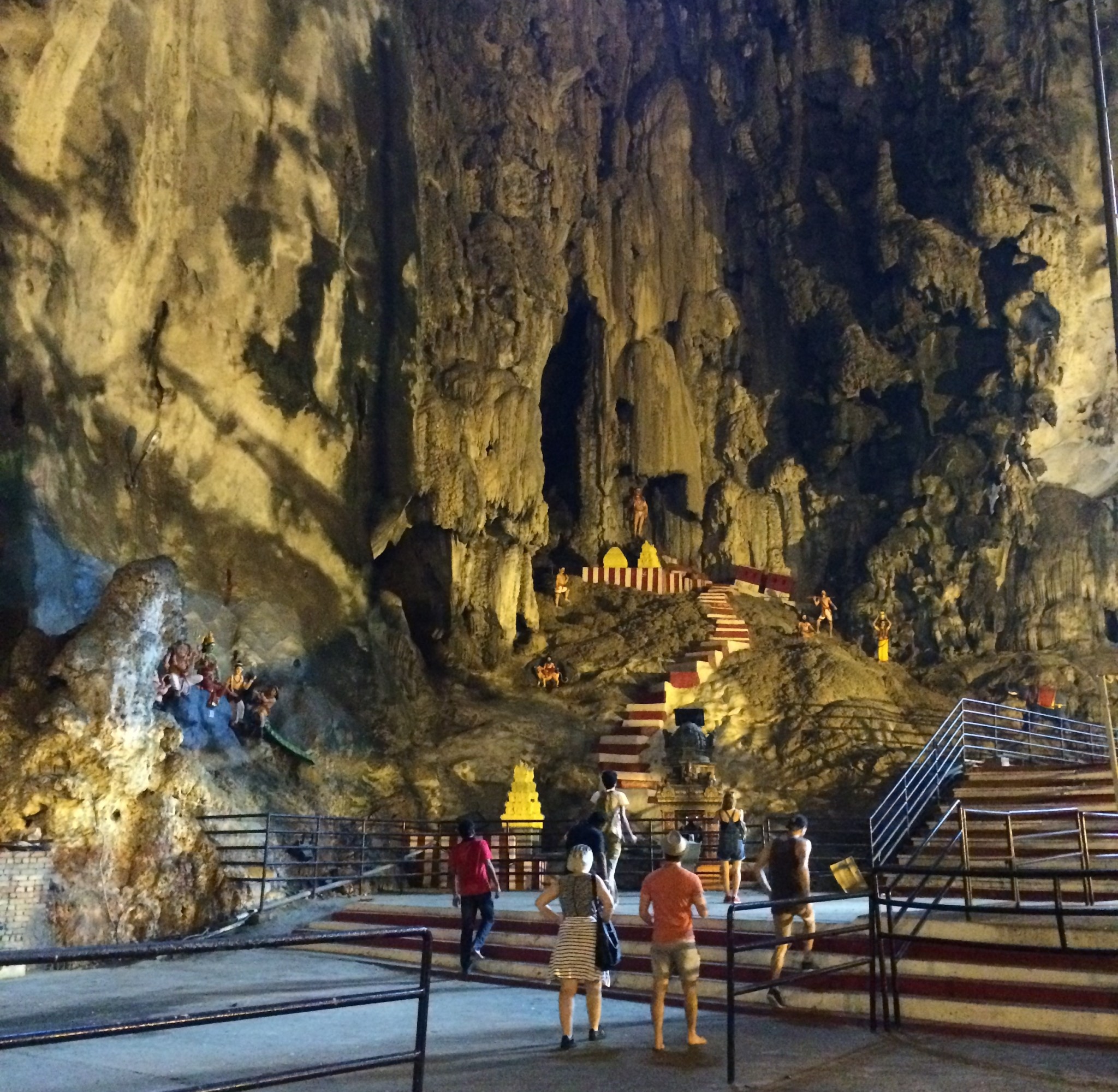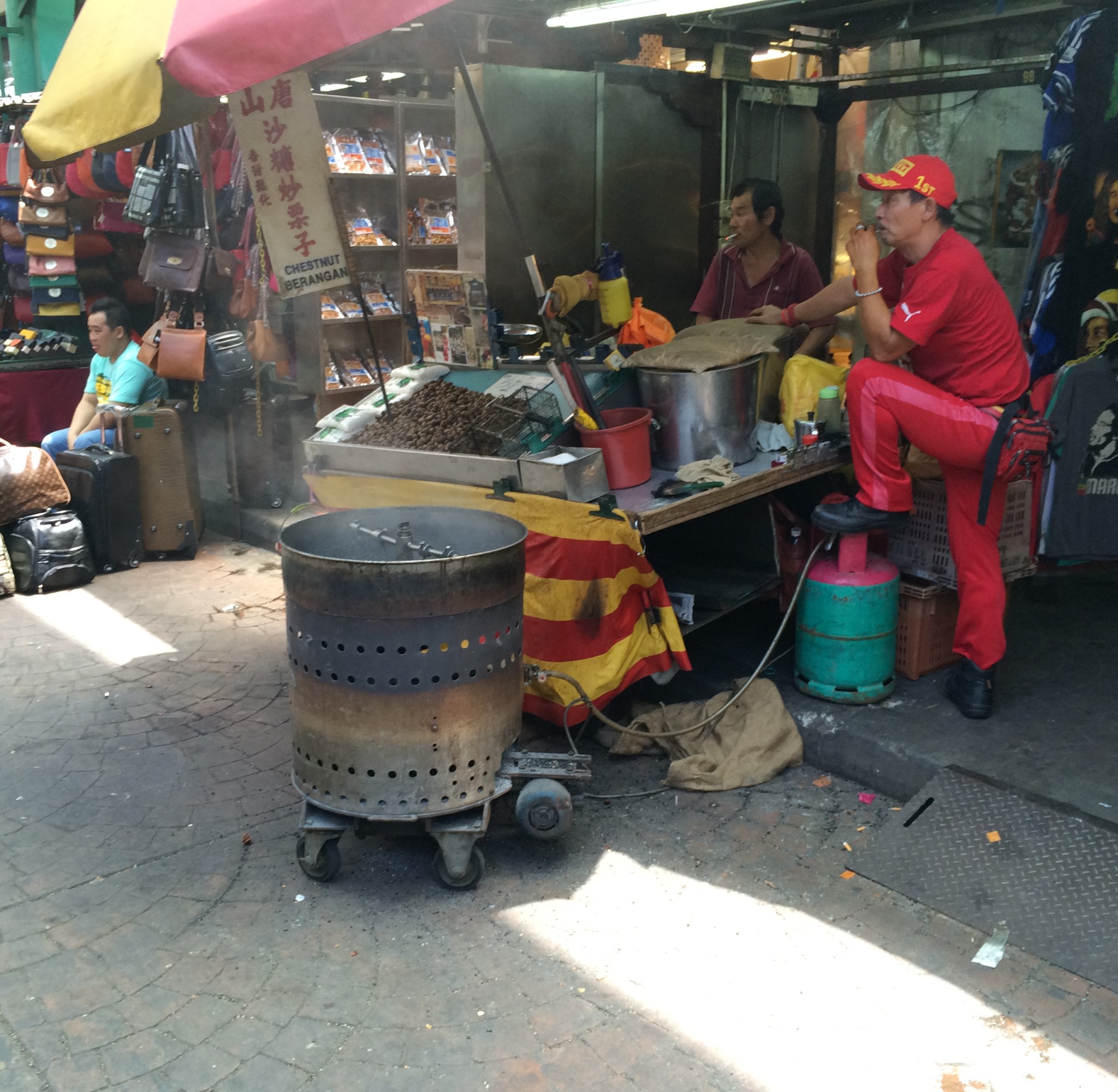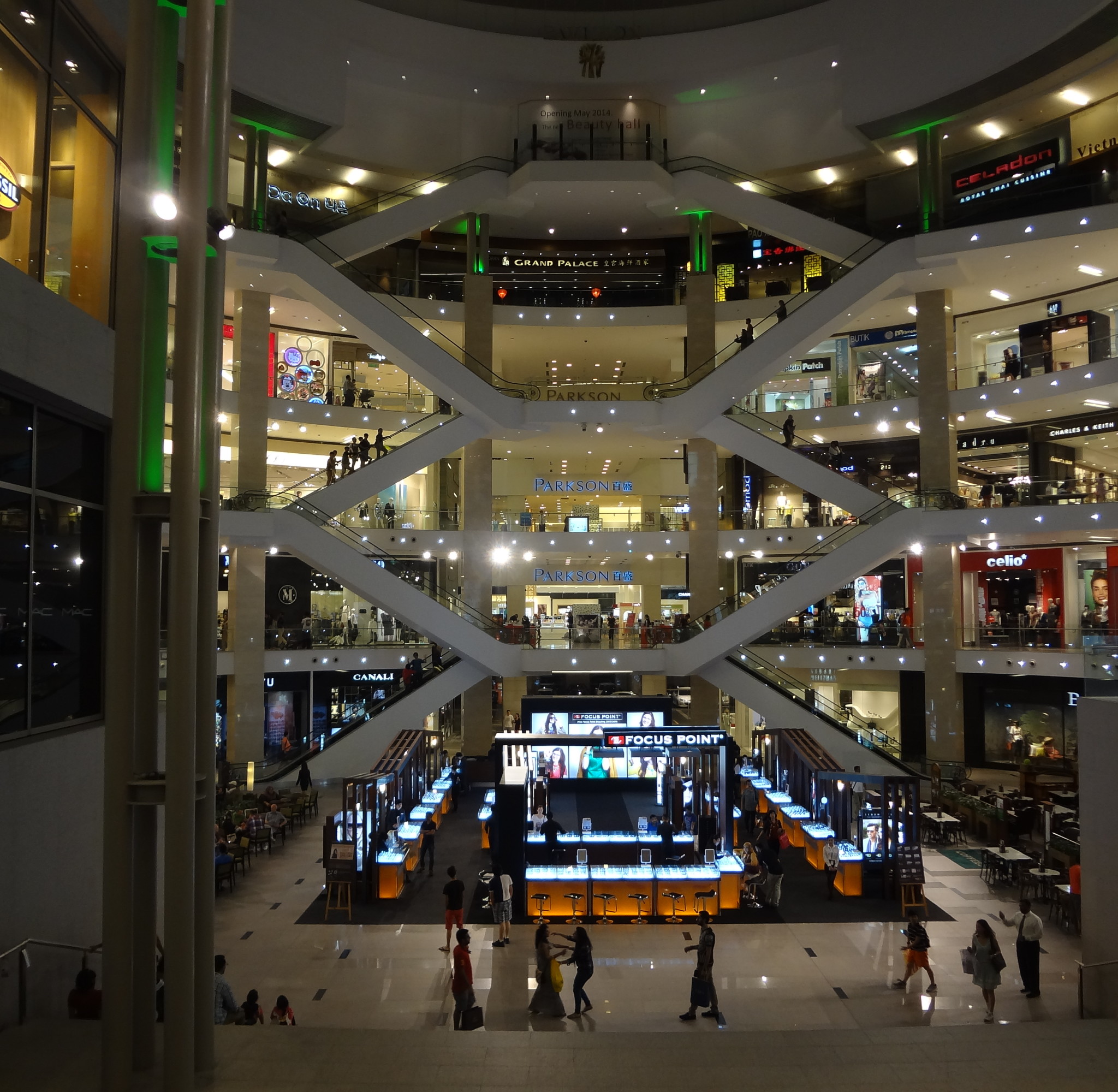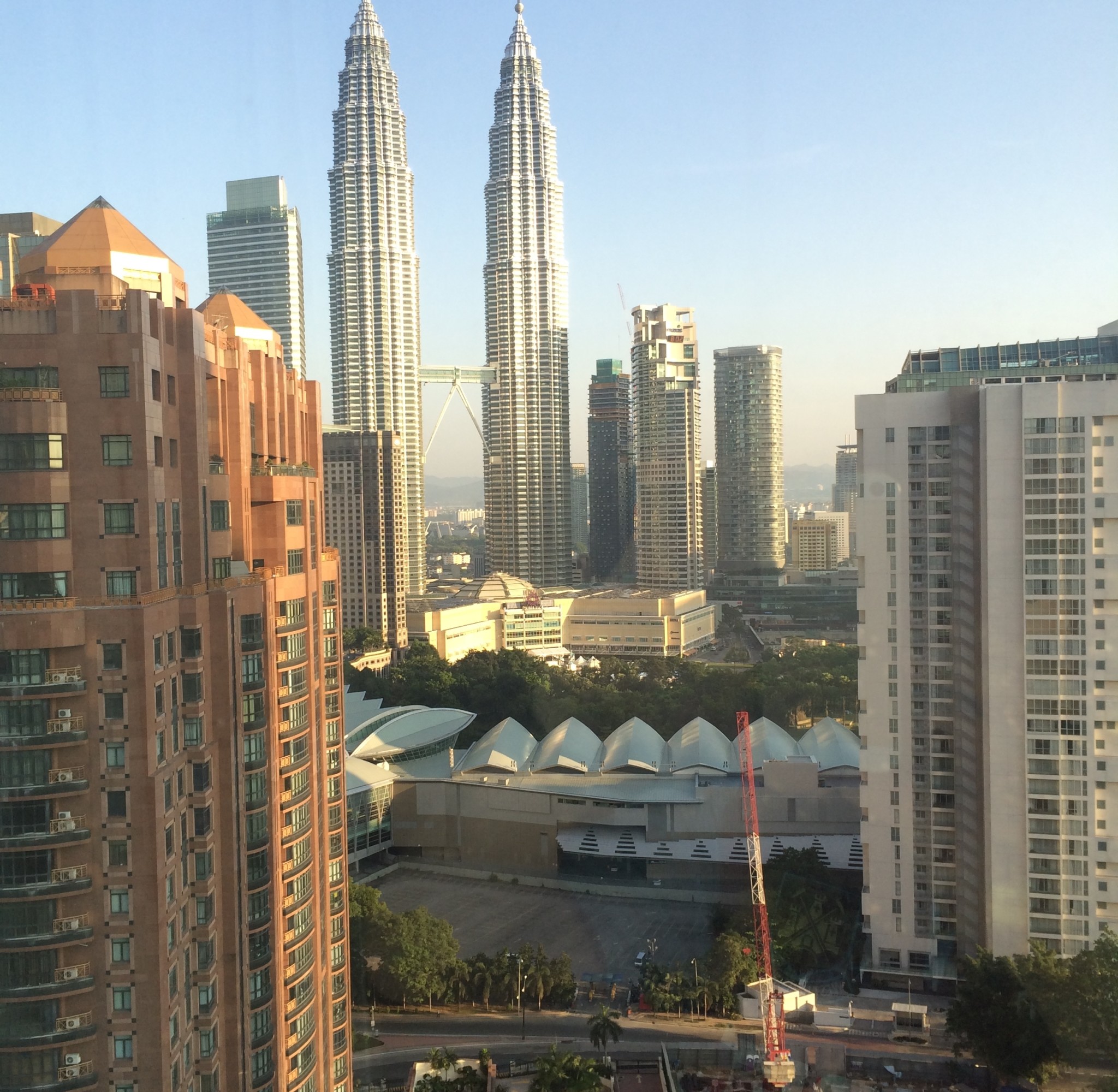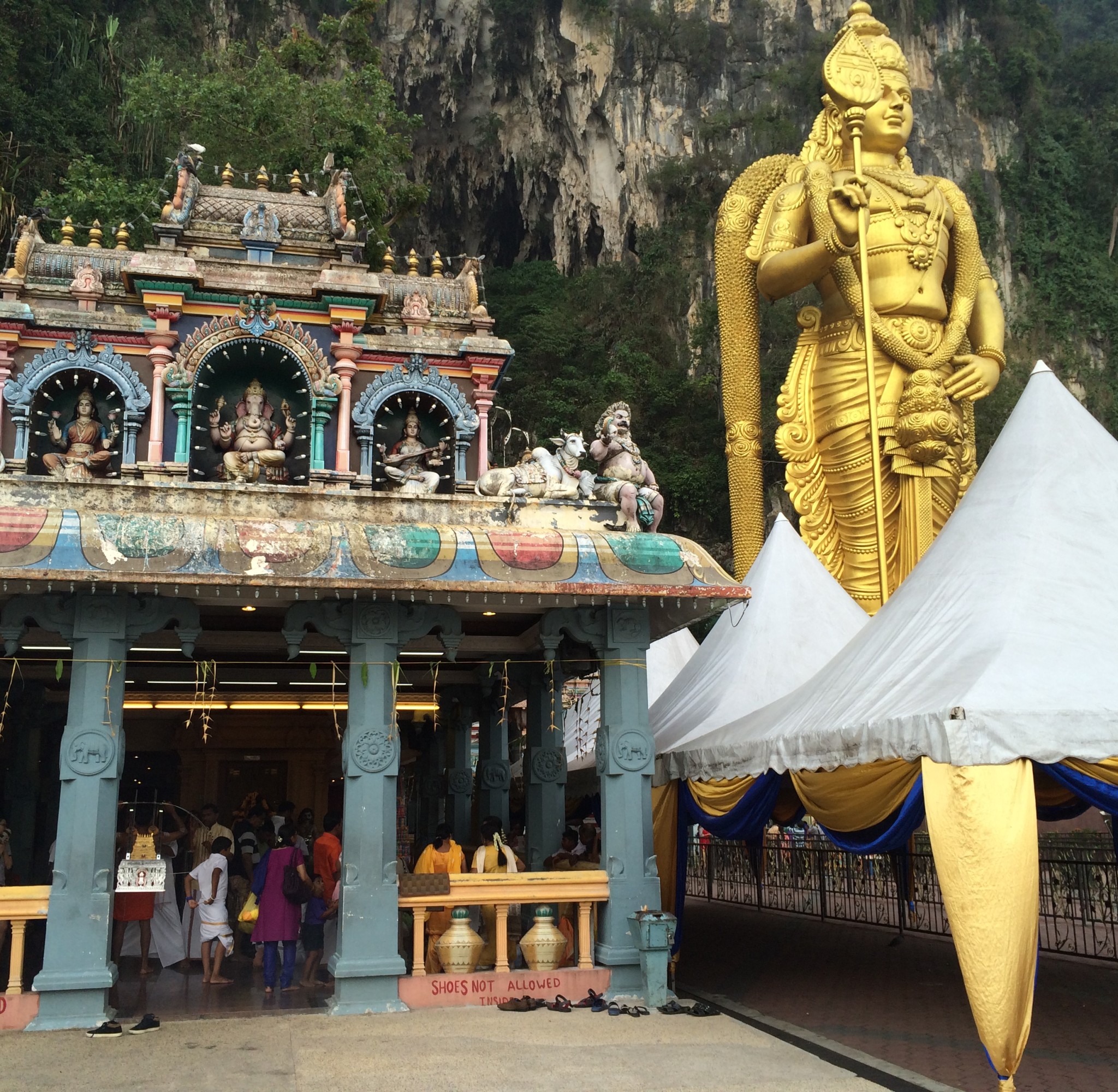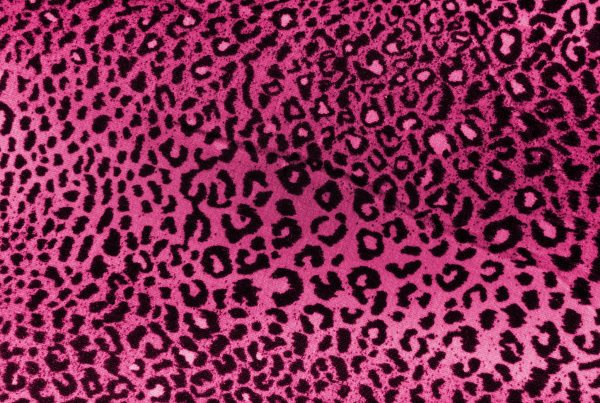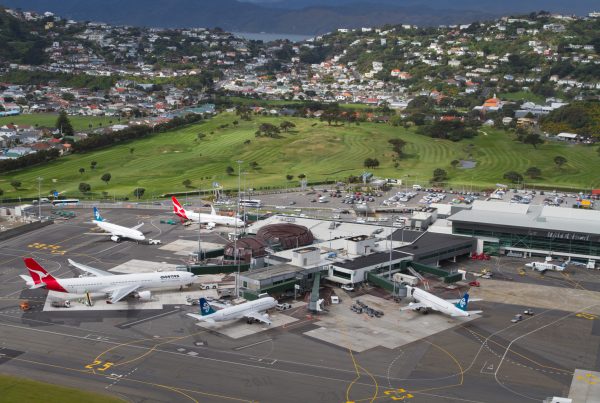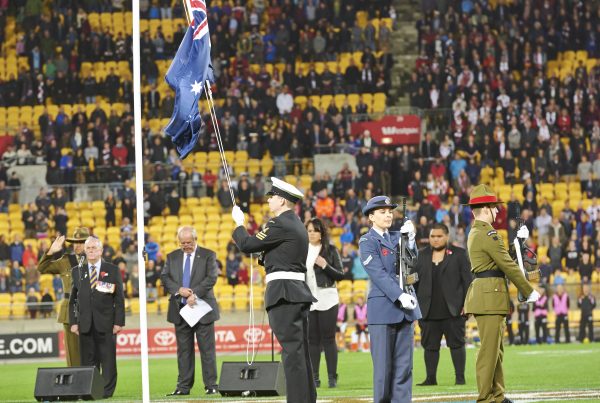This March, after 11 years in New Zealand (and ten years in Wellington), the 48 Hours Furious Filmmaking competition left our shores and became an export business.
The competition has a well-justified reputation as one of the most important filmmaking events, as well as being the single biggest participatory arts event in the country, with over 700 teams nationwide taking part for fun and prizes. The reputation of the competition is such that, when Education New Zealand needed something to bring Malaysian film schools together and help promote New Zealand as a destination for further study and film and television work experience, they needed to look no further.
Education NZ is the government-funded body responsible for growing the economic value of our education sector — marketing New Zealand to overseas students. With a target of doubling the current $2.5 billion the sector brings to the country every year, it has the enviable and fun task of marketing this country to the world, and it does it in ways that are largely under the radar back home. Hence the fact that I had never heard of them before.
Malaysia is a key market for Education NZ. It’s a relatively prosperous and stable Asian nation with a large population and a government that has been committed to improving education for many years. The result is a local population that recognises the impact education has on health and well-being, and values high-quality services available locally and overseas.
Lots of successful Malaysians, including politicians and business leaders, received their tertiary education here in New Zealand and are helpful when it comes building allegiances between Education NZ and local and Kiwi providers. While our party was in Kuala Lumpur there was a meeting of an Otago University alumni group in our hotel. But I am getting ahead of myself…
Once a year the High Commission organises a New Zealand Week in Malaysia, a series of events in Kuala Lumpur and Kuching to promote New Zealand business and culture. Education NZ — in the form of regional director Izak Human — decided that screen arts would be their focus and that the best way to build relationships between the two countries would be to make films together. And to make them in only two days. Four local tertiary institutions were enlisted to take part: Aswara (National Academy of Arts, Culture and Heritage), SAE (School of Audio Engineering) and UiTM (MARA University of Technology) in Kuala Lumpur, and Unimas (University of Malaysia (Sarawak)) in Kuching, each provided two teams of students.
Ant Timpson and Tim Groenendaal from the Kiwi 48 Hours organisation were contacted about bringing our version of the competition to Malaysia and — on a day that shall live in infamy — discovered that they personally would not be able to attend. As the recently retired boss of the Wellington event (see FishHead #27 from July last year), I was next in line and was asked to put together a crack team of 48 Hours veterans who could embed themselves with local teams, mentor the young ones and not cause a diplomatic incident. It was a tough ask, but the group we got could not have been better: actor (Step Dave) and director of the New Zealand International Film Festival’s award-winning short Friday Tigers, Aidee Walker; actor (Go Girls), musician and director Johnny Barker from 2007 Grand National winners Lense Flare; and producer and director Annie Duckworth (all from Auckland); and energetic young writer, actor, director and composer Hayden Weal (from Newtown in Wellington). Between us we were going to have to make this thing work in a new town and a new country, and lots of our previous assumptions were going to be blown away.
I won’t bore you with the details of the competition itself and the actual 48 hours of the shoot, except to say that all of the teams got their films in on time, all of the mentors did an exceptional job of working with their teams, the students were of a really high standard, and the winning film (Snap! by Drona Films from Aswara) played to an extremely appreciative audience at the High Commission’s international gala (in front of Dr Pita Sharples and fashion legend Jimmy Choo!) and contains the catchiest damn song you have ever heard in your life.
Personally, I loved Kuala Lumpur with all its contradictions and can’t wait to return. The excellent accommodation the New Zealand government shouted us might have something to do with that but, as a first-timer in Asia, I really couldn’t have asked for a better introduction.
Thanks to its recent colonial past, English is an official language in Malaysia. In the CBD of Kuala Lumpur it’s pretty hard not to be able to make yourself understood, and signage is mostly bi- or trilingual. It’s also an incredible melting pot and I just love melting pots. The population of Malaysia is 50 percent ethnic Malay with large minorities of Chinese and Indians. The centre of Kuala Lumpur appeared to contain a large number of Western expats, there to work in the finance and oil sectors, so a trip out for a feed would often yield everything except what I understood to be Malaysian food from my experience here — the rendangs, murtabaks, satays and what have you. Chinese, Indian, Indonesian, Italian, Irish — you could find almost anything in the main streets and in the malls — but it took us a couple of days to trust the, as it happened, totally reliable street vendors.
Eating (and shopping) in the malls was not much cheaper than at home, but if you ventured off the beaten track considerable lunchtime bargains could be had. I could see how easy it would be to make a Kiwi dollar stretch and still have a good time for a couple of weeks or more.
Because of our onerous work schedules (and the requirement to be in the hotel pool by 2pm each afternoon), we made only a few trips to tourist sites, but the Batu Caves will stay with me for ever. These naturally formed limestone caves are one of the most popular Hindu shrines outside India, dedicated to the Lord Murugan, whose presence is felt by the giant golden statue erected outside the entrance. The disappointment felt on discovering that the statue was actually placed there in 2006 and was not as ancient as first appeared soon dissipates once you get up close, and disappears entirely once you have climbed the hundreds of steps to the cave entrance.
As holy sites go, it is a remarkably relaxed place, which has been my experience of the Hindu religion most times I have been in contact with it. There was no sense that where you were standing was so precious that you were unworthy, but that it simply seemed able to reflect back (and amplify) the spirituality that you brought with you, making everyone’s experience there unique to them. There was no prescription for how to behave or how to enjoy, and no evangelism — just that sense that there was something there for you if you chose to look for it.
The two-hour bus ride down the main highway from Kuala Lumpur to the historic town of Melaka is well worth it, and I encourage you to give it more time than we managed. A historic port, it was the centre of Malay commerce and trade in the 15th and 16th centuries, before colonisation by the Portuguese, Dutch and British due to its strategic location on the straits that connect India and China by sea.
A United Nations World Heritage Site, the old part of the city is a fascinating melting pot (that phrase again) of architecture, and the main tourist street, Jonker Walk, houses the common street retail options of jandals, T‑shirts and SIM cards, along with packed cafés serving exotic iced desserts (durian, coconut ice, green rice-flower tentacles, beans and malt sauce). Crazy and wonderful.
My final day in Kuala Lumpur was spent trawling the famous Jelan Petaling Chinese street market, where brands of all descriptions but dubious veracity are available. There I managed to haggle my way to a half-price Armani laptop bag (about $60), which, if you see me carrying it, I suggest you don’t examine too closely. It’s probably not real leather.
You can see all of the competing films in the 2014 Malaysia 48 Hours Furious Filmmaking competition at this Vimeo page: vimeo.com/album/2803597

